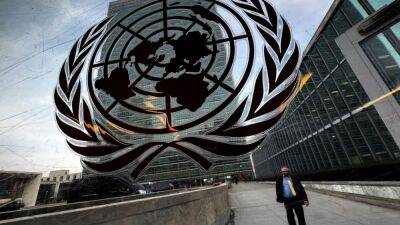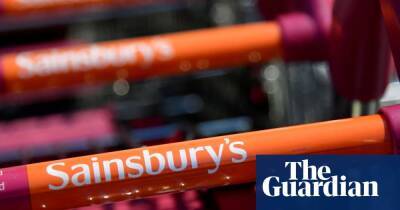Five charts that show why our food is not ready for the climate crisis
The industrialization of agriculture in the last century boosted production around the world – but that success also made our food systems much more vulnerable to the growing climate crisis.
Modern agriculture depends on high-yield monocrops from a narrow genetic base that needs lots of fertilisers, chemicals and irrigation.
But why does this matter?
Because a richer genetic diversity of foods, like we had in the past, will help make our crops more resilient to higher temperatures and changing rainfall patterns.
Like an investor with stocks, savings and real estate, diversity in the field spreads the risk: so if an early season drought wipes out one crop, there will be others which mature later or are naturally more drought tolerant, so farmers aren’t left with nothing.
Here are five key graphics from our recent special report on the precariousness of our modern food system.
Maize or corn is now grown in greater volume than any crop in history, and is still the staple food for about 1.2 billion people in Latin America, the Caribbean and sub-Saharan Africa.
Historically, it spread around the world because of its ability to evolve and adapt to different climates, altitudes and day lengths, and people enjoyed purple, blue, black and orange varieties which all tasted a bit different.
Scientists in the 20th century then discovered they could take a locally adapted variety of corn, called landraces or heirlooms, and self-pollinate the plant, creating a genetically identical inbred. And if they did this several times its characteristics would change – perhaps the plant would be taller or have a big ear of corn.
These inbreds were then crossed with each other, again and again, to create hybrids.
Hybrid seeds, which farmers have to
Read more on theguardian.com

























